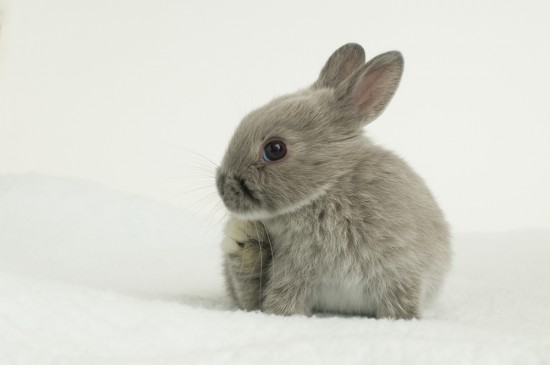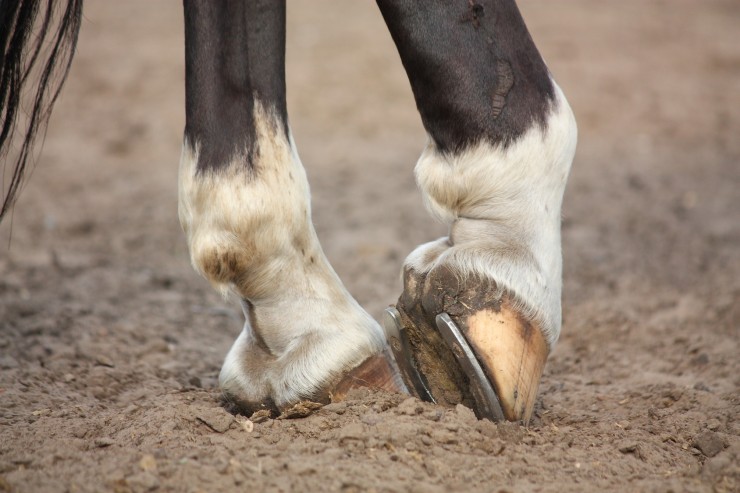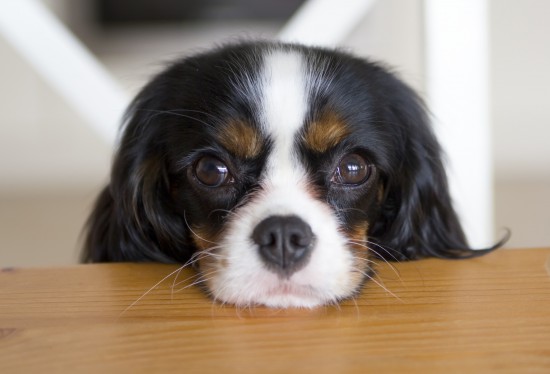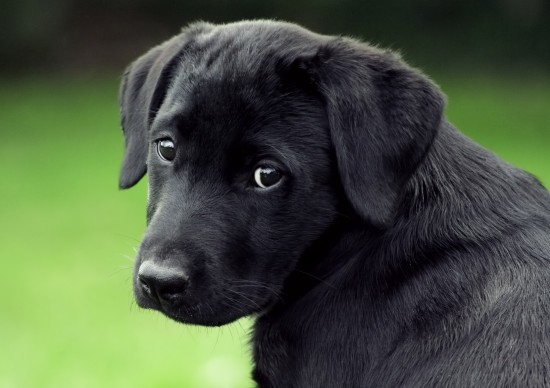
Description: The Maltese is a toy dog used exclusively as a companion. It is only 8 to 10 inches at the shoulder and tips the scales at 6 to 9 pounds. The Maltese is usually pure white, although some cream or ivory coats may occur. The long coat has no undercoat and the Maltese is considered to be hypoallergenic. The Maltese is also referred to as the "Roman Ladies' Dog", the "Maltese Lion Dog", and the "ancient dog of Malta". Maltese usually get along with children, but may get snappy if bothered by younger children. They are excellent companion dogs and become highly bonded to their owner.
History: A Greek amphora from 500BC shows a dog very similar to the Maltese. The dog is referred to a 'Melitaie'. A type of Spitz from Switzerland was probably what originally gave rise to the Maltese. Careful breeding reduced the size of the dog. The Maltese was much beloved by the Romans and was mentioned by both Roman and Greek writers. However, breeders were determined to reduce the size of the dog and by 1792 the Maltese had been reduced to the size of a squirrel, according to the naturalist Linnaeus. These undoubtedly unsound dogs almost vanished, but out breeding with small poodles and spaniels revived the breed.
Temperament: The Maltese is a playful and energetic dog. It becomes very attached to its owner and will be a loyal companion. Maltese love to be given plenty of attention. They are bright little dogs and are often eager to learn tricks. The Maltese does not mind other dogs or household animals and will generally welcome people to the home. However, it should be noted that these dogs tend to bark quite a bit, which can be a problem with some.
Health Issues: As Maltese are delicately boned dogs, care should be exercised to prevent any injuries to the skeletal structure. The owner should be aware that the Maltese can be sunburned on its hair parting. Although the Maltese experiences few problems with health, and can easily live to be 15, certain things should be watched. Irritation leading to eye infections can be caused by hairs turning into the eyes. Maltese can also experience an ailment, retinal atrophy, that restricts the dog's ability to see in conditions of low light. The Maltese is uncomfortable in damp or wet areas and should be kept out of these to prevent colds. Care in feeding should be observed as the dogs are sensitive digestively.
Grooming: The coat of the Maltese is long, silky, and soft. Gentle brushing is recommended on a daily basis. The dog should have any tear stains removed either with warm water or a commercially prepared solution. The muzzle should be wiped after eating. The Maltese, if it is not going to be shown, can be given a 'puppy cut' to save grooming time.
Living Conditions: The Maltese should definitely be kept in the house, especially as it does best in dry conditions. They want to be near their human friends and are perfectly happy in an apartment.
For more information about the Maltese Dog Breed including training and Puppies for sale visit the sites below. PUPPIES OR DOGS MALTESE DOG BREED PROFILE
 12 Of The Cutest & Smallest Breeds Of Rabbits In The World
12 Of The Cutest
12 Of The Cutest & Smallest Breeds Of Rabbits In The World
12 Of The Cutest
 How To Deal With Thrush In Horses
How To Deal With
How To Deal With Thrush In Horses
How To Deal With
 Keeping Your Dog Off Counters And Tables
Keeping Your Dog
Keeping Your Dog Off Counters And Tables
Keeping Your Dog
 Can You Boost The Confidence Levels Of A Shy Dog?
Can You Boost The
Can You Boost The Confidence Levels Of A Shy Dog?
Can You Boost The
 Pet Proof Your Home
Having pets are liking having small children at home. We
Pet Proof Your Home
Having pets are liking having small children at home. We
Copyright © 2005-2016 Pet Information All Rights Reserved
Contact us: www162date@outlook.com